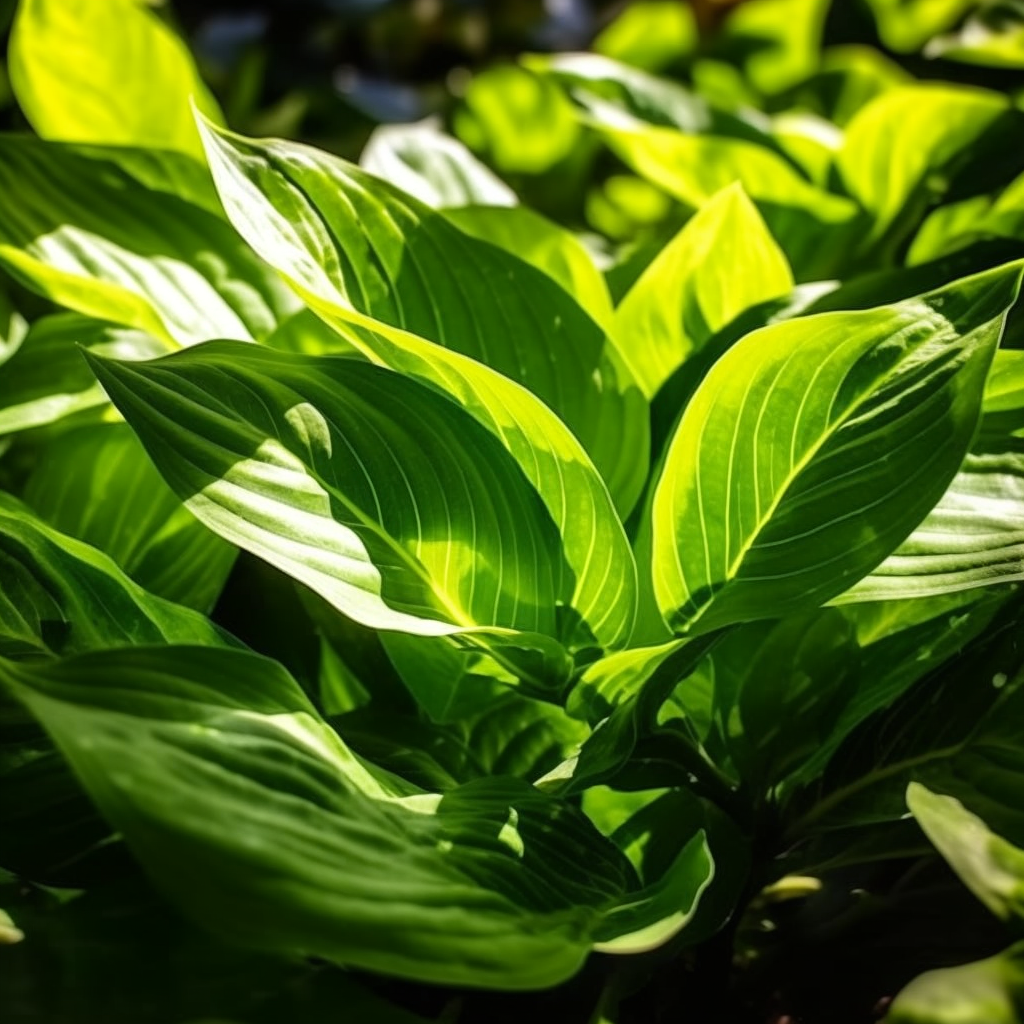Story of Day :
Contents
The Complete Guide to Growing and Caring for Hostas, the Plant that Just Keeps on Giving
The Basics of Hostas
Hostas are known for their lush foliage and ability to thrive in shady areas. They come in a variety of sizes, from miniatures that fit in small pots to giants that can take up an entire garden bed. These hardy plants are perennials, meaning they will come back year after year without much maintenance.
Choosing the Right Hosta
- Consider the size of your garden or pot – if you have limited space, go for a smaller hosta.
- Look at the color and texture of leaves – some hostas have variegated or even blue-green leaves which can make a dramatic statement in your garden.
- Determine whether you want fragrant or non-fragrant flowers – not all hostas produce blooms but those that do may add an extra touch to your greenery.
Sunlight Requirements
Hostas grow best when planted where they receive dappled shade throughout most of the day. Too much direct sunlight can scorch their delicate leaves while too little sunlight might result in stunted growth and fewer blooms (for those varieties which produce them). Aim for an ideal balance between sun exposure and shade by planting them under trees with high branching canopy or creating outdoor shaded areas with pergolas or other such structures wherever possible.

Suitable Soil Conditions
- Select well-drained soil- waterlogged soil leads may cause root rot so avoid planting them near drainage issues, low lying areas etc.. Add organic matter such as compost into plant beds before planting seedlings as this boosts fertility levels ultimately promoting healthy growth. The right pH level is also important – hostas prefer slightly acidic soil with a pH between 6.0 – 7.5.
Watering
Hostas need regular watering especially during dry spells- aim to water them on a weekly basis or more frequently when it’s hot and dry outside. Newly planted hostas may require daily watering until their roots are established enough to absorb moisture independently.
Caring for Hostas

Fertilization
- Feed your plants with slow-release fertilizer at the beginning of the growing season to give them a good start. If you want to maintain healthy foliage, fertilize again mid-season and in late summer/early fall after the leaves have faded (for many varieties). Over-fertilizing can cause leaf scorching so be careful not to apply too much fertilizer at any one time..
Pest Control
Slugs and snails are common pests that attack hostas by eating holes in leaves overnight; they can be controlled through various means such as slug pellets, copper tape around plant beds etc.. Neem oil sprays work well against aphids which suck sap from stems leading ultimately leading stunted growth . Regularly inspect leaf surfaces for signs of pest infestations and take prompt action whenever necessary before the situation gets out of hand.
The Takeaway: Hosta Care Made Easy

Growing hostas is an easy way to add texture and color into your garden without requiring much effort or expertise on your part! By choosing suitable soil conditions, providing adequate sun exposure while avoiding overexposure, fertilizing adequately using organic matter, taking care not expose plants excessively long periods of drought or heavy loads of water then keeping an eye out for potential pests issues , you can enjoy healthy, thriving hostas all season long. Remember to choose a hosta with leaves that suit your taste and size requirements – there’s no shortage of options available on the market today!
